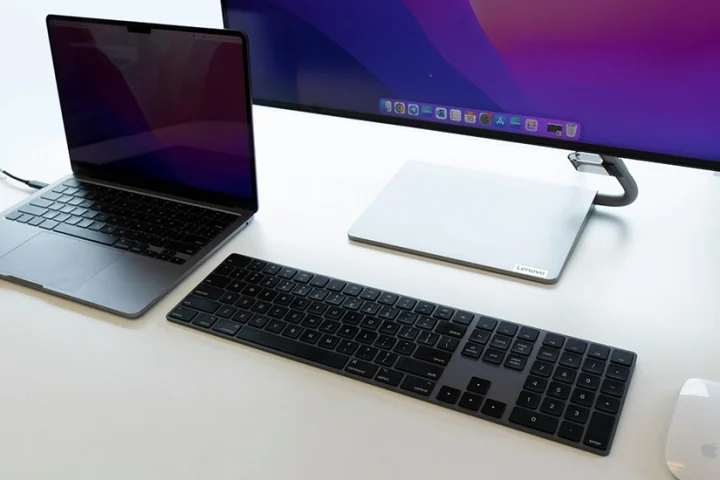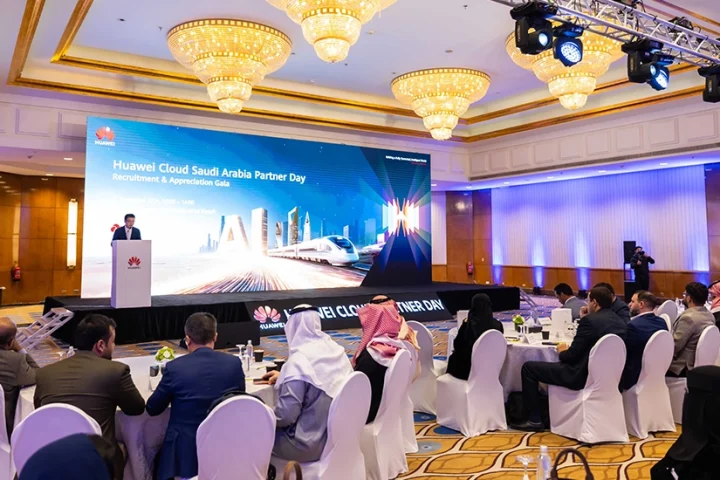The future of work will require CIOs to rethink how work is done, reimagine office space and manage new risks. With the onset of Covid-19, workplace technology changed nearly overnight. Office workstations became laptops at the kitchen table, in-person meetings became video chats and wired networks became at-home Wi-Fi connections.
Over a year into large-scale remote work, it is become clear that CIOs must rethink IT operating models to prepare for the long-term changes resulting from the pandemic.
A hybrid workplace is one that includes a blend of remote and on-site workers
Even the terminology of remote work, referring to working outside the formal office location on an exceptional basis, seems outdated now. This is more than a semantic shift. As enterprises normalise working from home, concepts like distributed workplace, hybrid workforce, flexible work and work from anywhere are much more apt for the current environment.
A hybrid workplace is one that includes a blend of remote and on-site workers, as well as employees who spend some time working from home and sometime in the office in any given week. It is the future of work, and will require shifts in IT provisions and operating models. Here are four ways that CIOs can lead their organisations into this new hybrid work world.
Rethink how work is done
Many prevailing views on the workplace have been shaped by experiences of open offices. Open offices were designed to aid communication and collaboration. Yet, IT innovations such as email and messaging now provide these benefits in a more scalable way.
CIOs must rethink concepts like communication, training and development and knowledge exchange with digital workplace tools in mind as an integral component of how work is done.
Prevailing views on the workplace have been shaped by experiences of open offices
Identify processes, tasks and activities that require dialogue, discussion or debate, using the in-office experience prior to the pandemic as a baseline. Look at how these processes have changed since working from home, and assess the success of these adjustments.
Where there have been successful experiences, amplify them and try to embed them across the organisation. Where practices have been less successful, brainstorm possible alternatives.
For example, five-minute conversations that would take place when an employee dropped by a co-worker’s desk were spontaneous, responsive and productive. When working remotely, people may not reach out to coworkers via phone or messenger if their calendar shows a busy status.
Where there have been successful experiences, amplify them and try to embed them across the organisation
Creating a drop-in slot on your calendar when you are available on video, on a first-come, first-served basis, can help create and recapture some of that spontaneity.
Address psychological needs
Humans are social creatures who need to stay connected to others, both professionally and socially. In the virtual workplace, getting this balance right is not easy — too much contact can leave people drained, but too little can leave people disengaged.
CIOs can address the psychological challenges of a hybrid workplace by identifying how people typically stay connected and then developing a connection strategy with their teams.
Where practices have been less successful, brainstorm possible alternatives
Be prepared to experiment and offer variety by trying different approaches. For example, this could be different types of meeting agendas, group activities, buddy systems and open video sessions in small groups while working. Review, adapt and change approaches and interventions regularly, so they don’t become stale.
Reimagine the office space
In the hybrid work environment of the future, the workplace — a specific company-owned location — will shift to a workspace. A workspace can be the home, a co-working space, the field, the office or any other location that can be set up as a space to work. CIOs must consider the different needs of each of these environments.
The office should be worth the commute and should be seen as a different and more valuable experience than working elsewhere. The office enables people to connect, enables teams to augment and accelerate interactions and outputs, and enables departments to forge a sense of identity. Reimagine the office as an interactive and engaging space that encourages people to utilise it.
In the virtual workplace, getting the balance of connected is not easy — too much contact can leave people drained, too little can leave people disengaged
CIOs must lobby the C-suite to allow for experimentation within the office space to meet these new demands. For example, look to create a dedicated collaborative space, an event space for both business and social gatherings, or a hot-desk environment supported by a booking system.
For the home workspace, CIOs should not presume everyone has the same resources. Identifying each individual’s workspace characteristics, requirements and needs is important for long-term health and well-being. Define specific technology requirements for all employees working outside the office to support identity, productivity and a sense of belonging.
Manage integrity and risk
Integrity, in all its forms, becomes increasingly important in a hybrid work culture. This involves everything from data integrity and security to the reliability of internet connections. For example, when four professionals share a house, all of whom work for different companies yet share the same spaces and internet connections, clear policies around security and confidentiality become even more important.
Work from home also raises new ethical issues. For example, employee monitoring technologies can create privacy and consent concerns. Integrity needs to be a two-way street — it is not just about employees’ actions, but what the organisation does as well.
To manage integrity in a hybrid workplace, CIOs should review each employee’s workspace characteristics and needs, and evaluate it from a risk perspective. Reinforce policies around security, confidentiality, credibility and liabilities. Put in place contingency and backup plans to prepare for known eventualities, such as power or internet outages.
CIOs must rethink concepts like communication, training, knowledge exchange with digital workplace tools as an integral component of how work is done.
























